BCM2711 ARM Peripherals
Colophon
Legal Disclaimer Notice
Table of Contents
Chapter 1. Introduction
1.1. Overview
1.2. Address map
1.2.1. Diagrammatic overview
1.2.2. Full 35-bit address map
1.2.3. ARM physical addresses
1.2.4. Legacy master addresses
1.3. Peripheral access precautions for correct memory ordering
Chapter 2. Auxiliaries: UART1, SPI1 & SPI2
2.1. Overview
2.1.1. AUX registers
2.2. Mini UART
2.2.1. Mini UART implementation details
2.2.2. Mini UART register details
2.3. Universal SPI Master (2x)
2.3.1. SPI implementation details
2.3.2. Interrupts
2.3.3. Long bit streams
2.3.4. SPI register details
Chapter 3. BSC
3.1. Overview
3.2. Register View
3.3. 10-Bit Addressing
3.3.1. Writing
3.3.2. Reading
Chapter 4. DMA Controller
4.1. Overview
4.2. DMA Controller Registers
4.2.1. DMA Channel Register Address Map
4.2.1.1. Control Block Data Structure
4.2.1.2. Register Map
4.2.1.3. Peripheral DREQ Signals
4.3. AXI Bursts
4.4. Error Handling
4.5. DMA LITE Engines
4.6. DMA4 Engines
Chapter 5. General Purpose I/O (GPIO)
5.1. Overview
5.2. Register View
5.3. Alternative Function Assignments
5.4. General Purpose GPIO Clocks
5.4.1. Operating Frequency
5.4.2. Register Definitions
Chapter 6. Interrupts
6.1. Overview
6.2. Interrupt sources
6.2.1. ARM Core n interrupts
6.2.2. ARM_LOCAL interrupts
6.2.3. ARMC interrupts
6.2.4. VideoCore interrupts
6.2.5. ETH_PCIe interrupts
6.3. GIC-400 interrupt controller
6.4. Legacy interrupt controller
6.5. Registers
6.5.1. GIC-400
6.5.2. ARM_LOCAL
6.5.3. ARMC
Chapter 7. PCM / I2S Audio
7.1. Overview
7.2. Block Diagram
7.3. Typical Timing
7.4. Operation
7.5. Software Operation
7.5.1. Operating in Polled mode
7.5.2. Operating in Interrupt mode
7.5.3. DMA
7.6. Error Handling
7.7. PDM Input Mode Operation
7.8. GRAY Code Input Mode Operation
7.9. PCM Register Map
Chapter 8. Pulse Width Modulator
8.1. Overview
8.2. Block Diagram
8.3. PWM Implementation
8.4. Modes of Operation
8.5. Quick Reference
8.6. Control and Status Registers
Chapter 9. SPI
9.1. Overview
9.2. SPI Master Mode
9.2.1. Standard mode
9.2.2. Bidirectional mode
9.3. LoSSI mode
9.3.1. Command write
9.3.2. Parameter write
9.3.3. Byte read commands
9.3.4. 24-bit read command
9.3.5. 32-bit read command
9.4. Block Diagram
9.5. SPI Register Map
9.6. Software Operation
9.6.1. Polled
9.6.2. Interrupt
9.6.3. DMA
9.6.4. Notes
Chapter 10. System Timer
10.1. Overview
10.2. System Timer Registers
Chapter 11. UART
11.1. Overview
11.2. Variations from the 16C650 UART
11.3. Primary UART Inputs and Outputs
11.4. UART Interrupts
11.5. Register View
Chapter 12. Timer (ARM side)
12.1. Overview
12.2. Timer Registers
Chapter 13. ARM Mailboxes
13.1. Overview
13.2. Registers
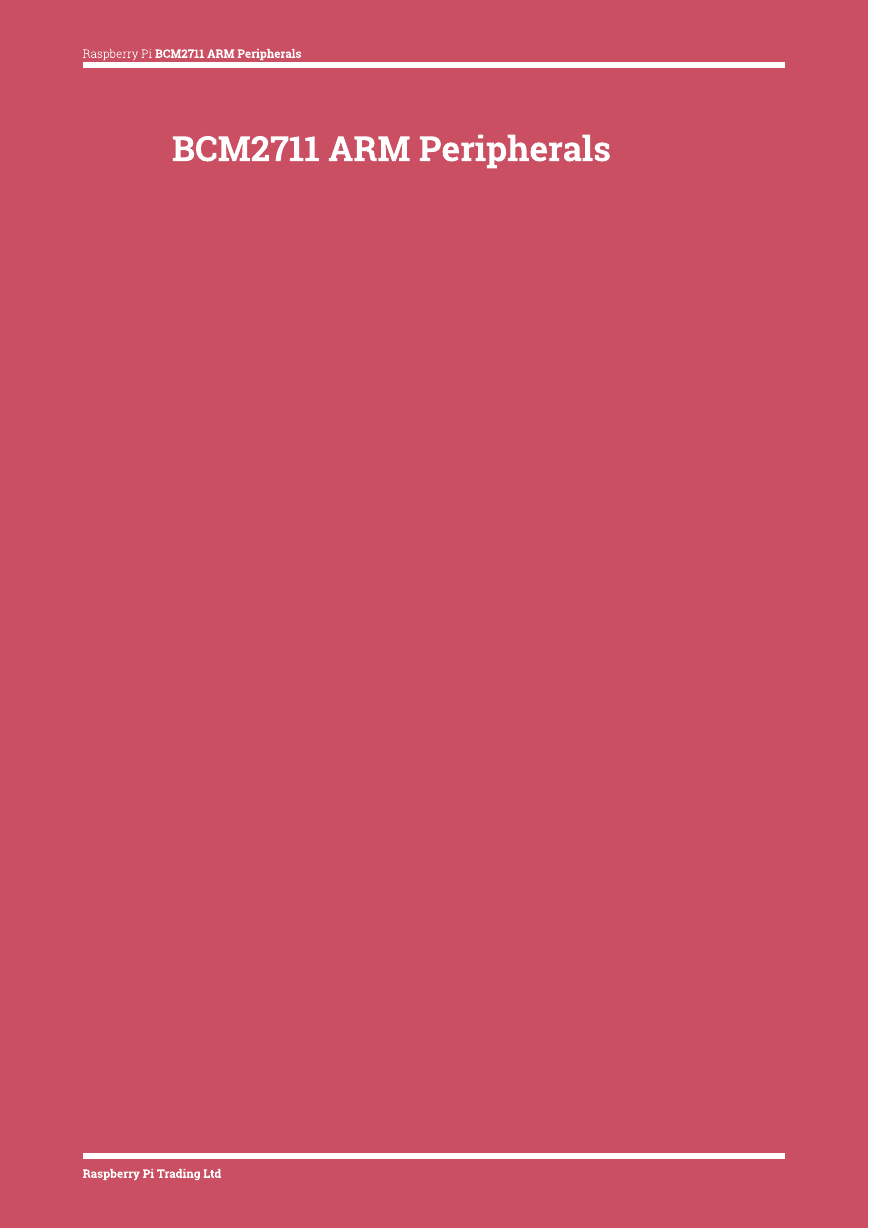
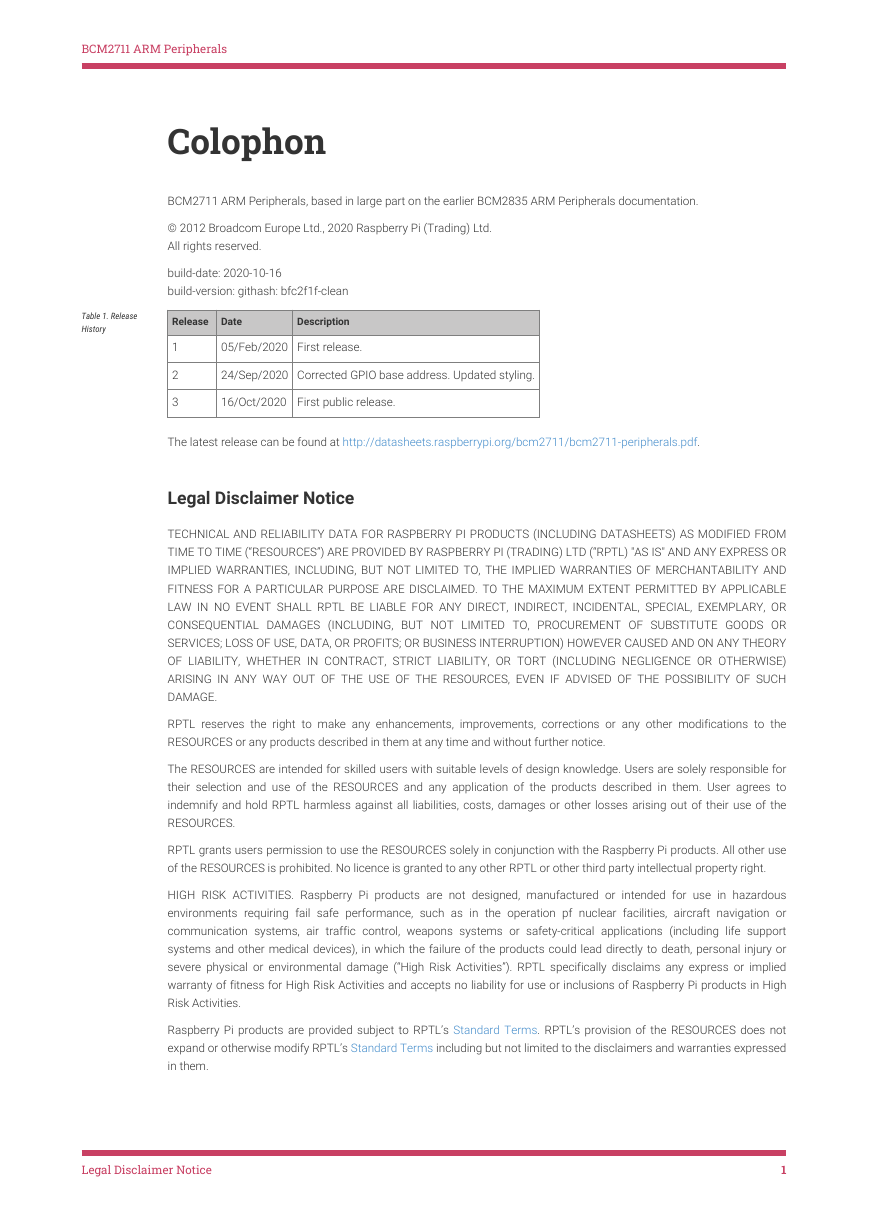
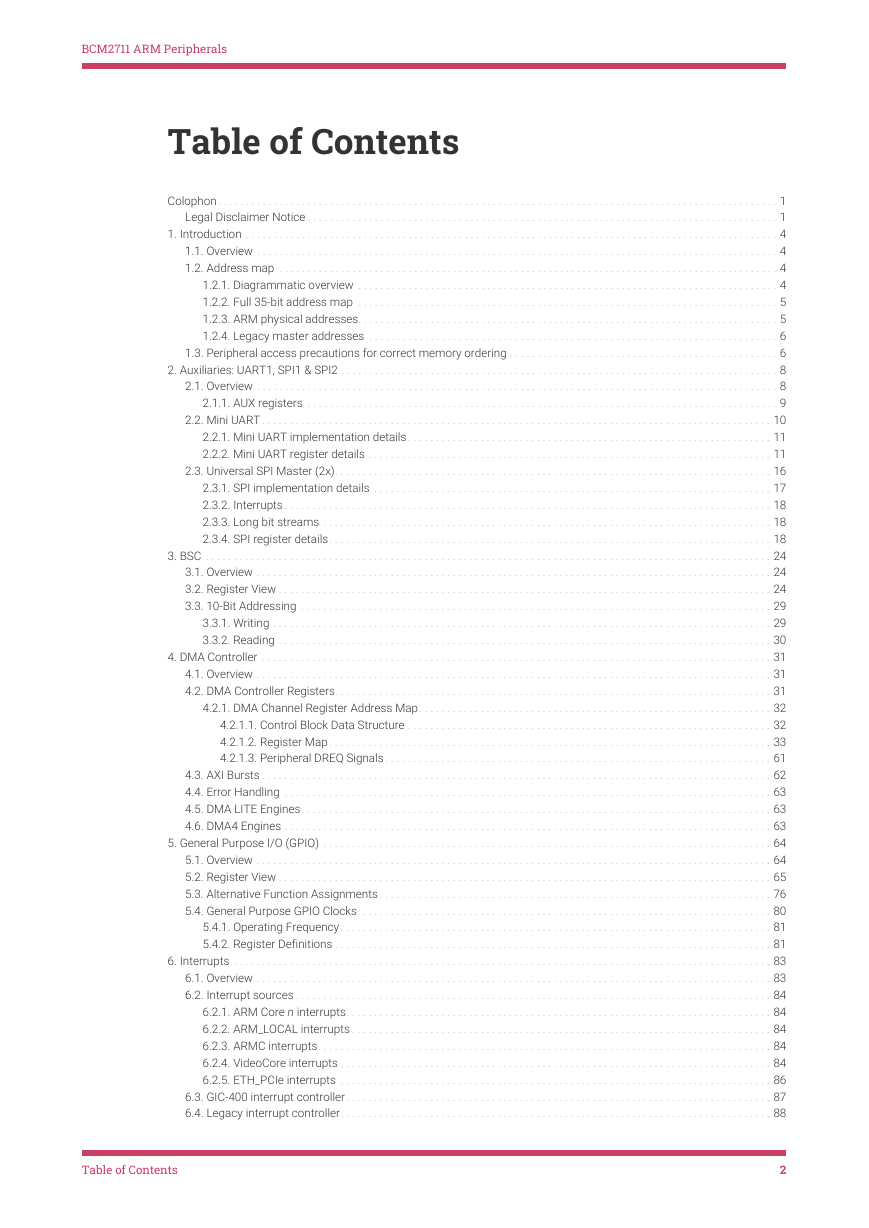
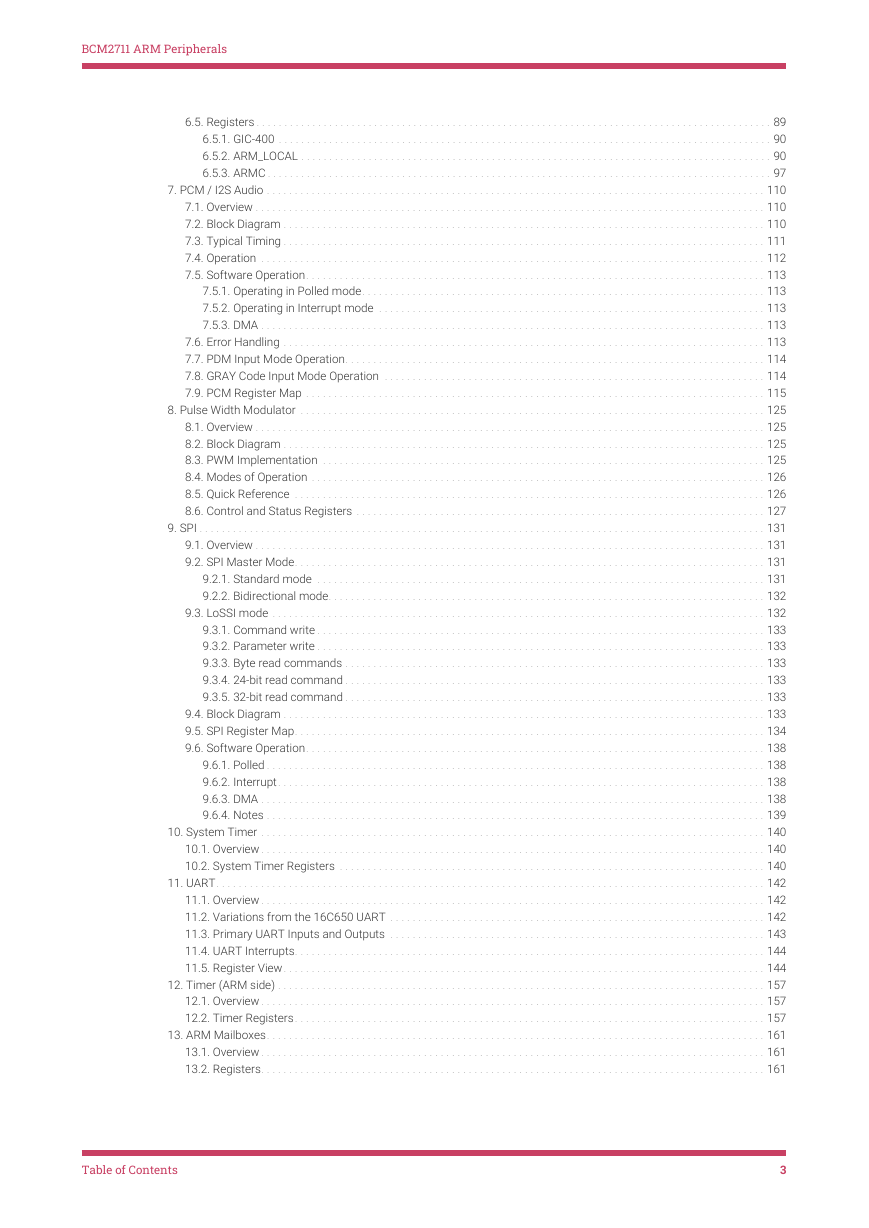
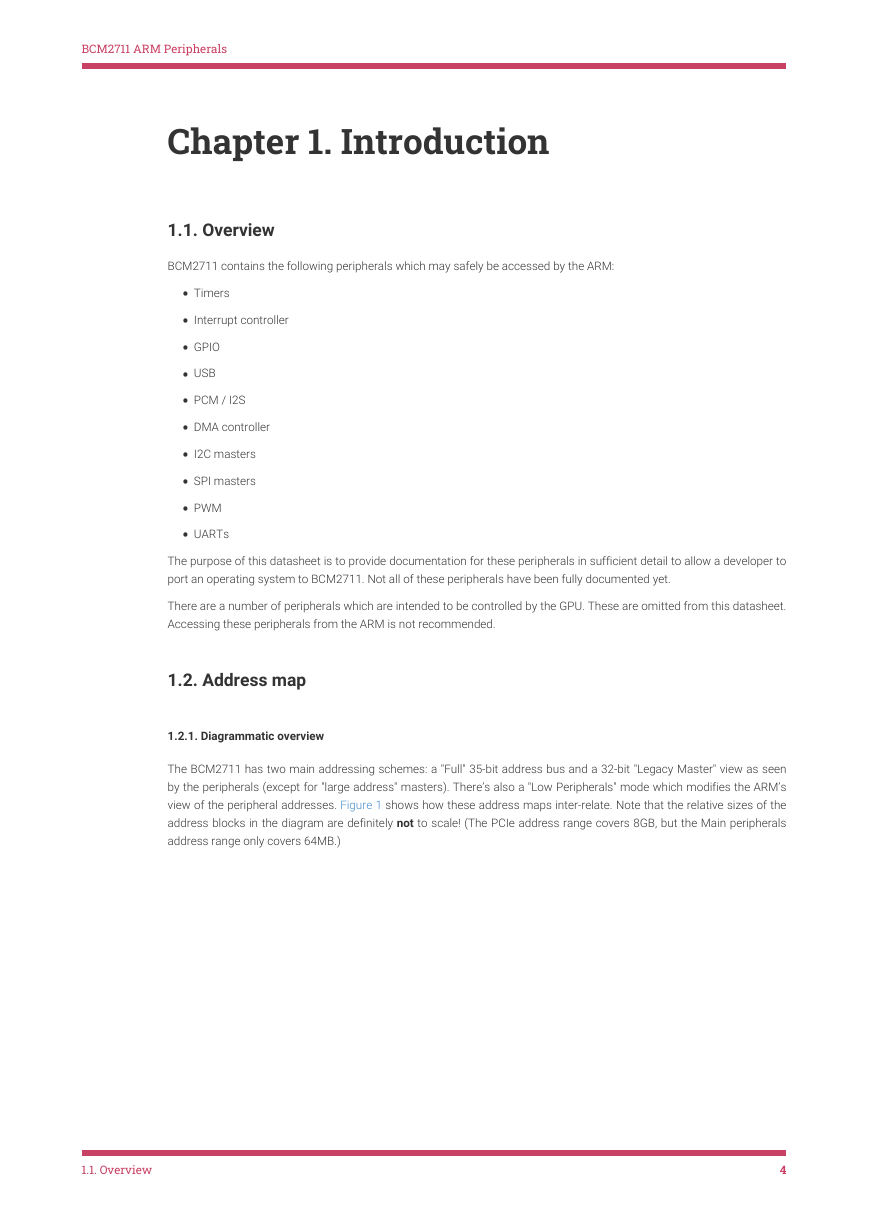
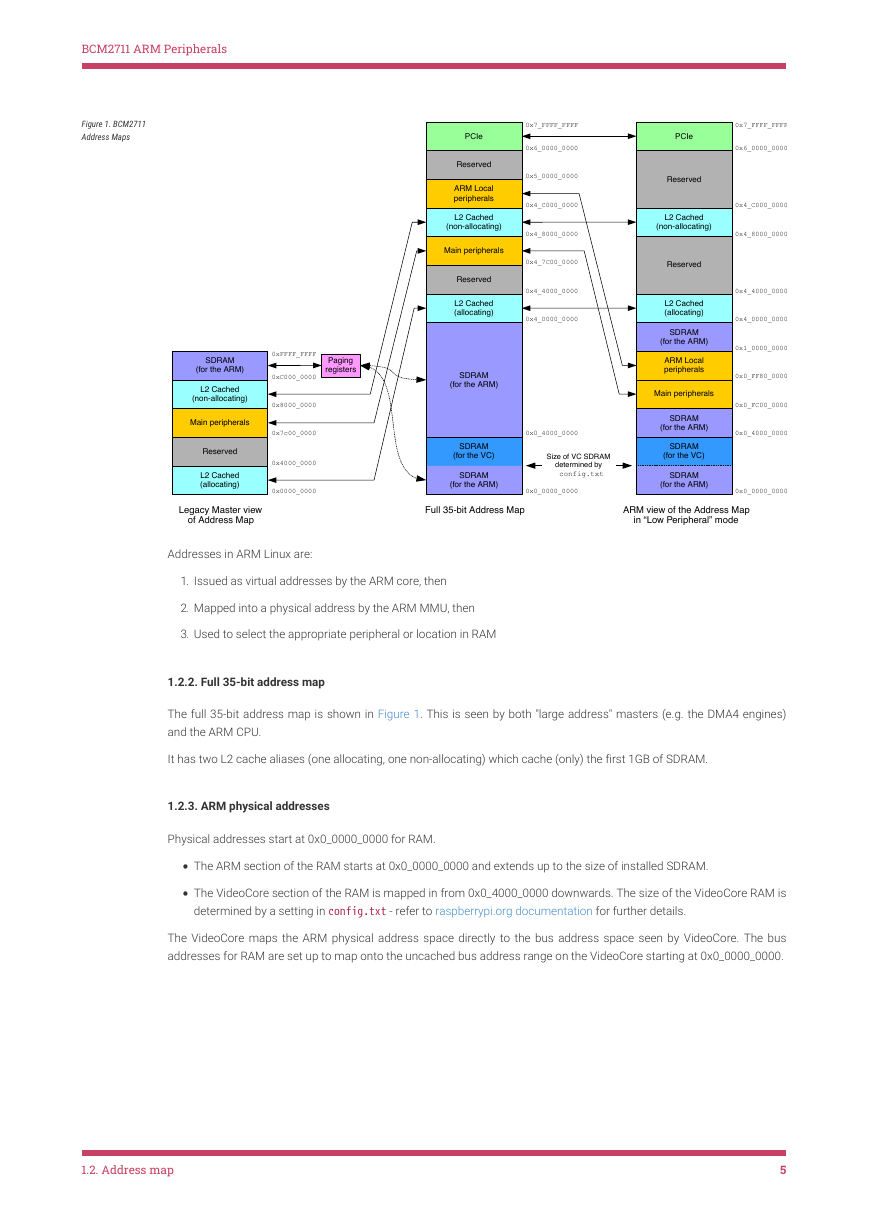
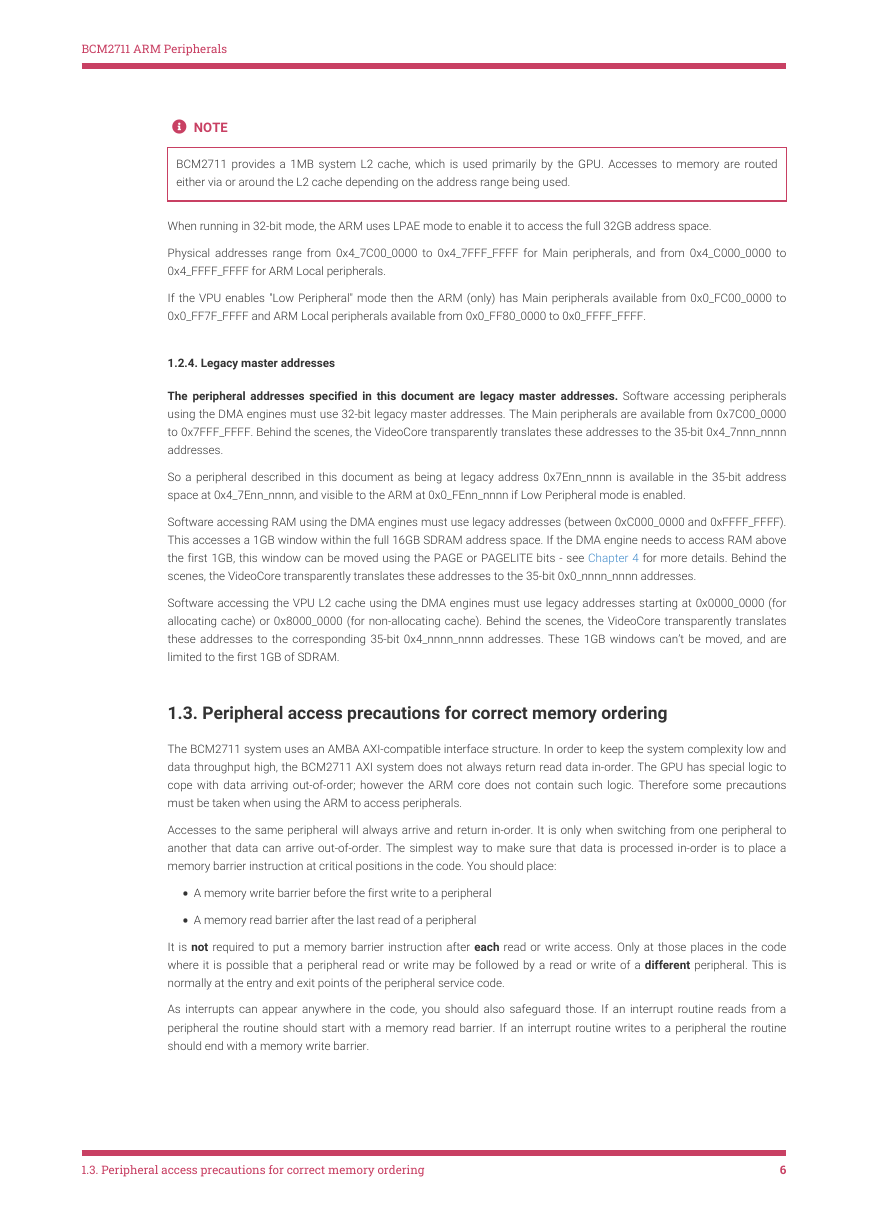









 2023年江西萍乡中考道德与法治真题及答案.doc
2023年江西萍乡中考道德与法治真题及答案.doc 2012年重庆南川中考生物真题及答案.doc
2012年重庆南川中考生物真题及答案.doc 2013年江西师范大学地理学综合及文艺理论基础考研真题.doc
2013年江西师范大学地理学综合及文艺理论基础考研真题.doc 2020年四川甘孜小升初语文真题及答案I卷.doc
2020年四川甘孜小升初语文真题及答案I卷.doc 2020年注册岩土工程师专业基础考试真题及答案.doc
2020年注册岩土工程师专业基础考试真题及答案.doc 2023-2024学年福建省厦门市九年级上学期数学月考试题及答案.doc
2023-2024学年福建省厦门市九年级上学期数学月考试题及答案.doc 2021-2022学年辽宁省沈阳市大东区九年级上学期语文期末试题及答案.doc
2021-2022学年辽宁省沈阳市大东区九年级上学期语文期末试题及答案.doc 2022-2023学年北京东城区初三第一学期物理期末试卷及答案.doc
2022-2023学年北京东城区初三第一学期物理期末试卷及答案.doc 2018上半年江西教师资格初中地理学科知识与教学能力真题及答案.doc
2018上半年江西教师资格初中地理学科知识与教学能力真题及答案.doc 2012年河北国家公务员申论考试真题及答案-省级.doc
2012年河北国家公务员申论考试真题及答案-省级.doc 2020-2021学年江苏省扬州市江都区邵樊片九年级上学期数学第一次质量检测试题及答案.doc
2020-2021学年江苏省扬州市江都区邵樊片九年级上学期数学第一次质量检测试题及答案.doc 2022下半年黑龙江教师资格证中学综合素质真题及答案.doc
2022下半年黑龙江教师资格证中学综合素质真题及答案.doc